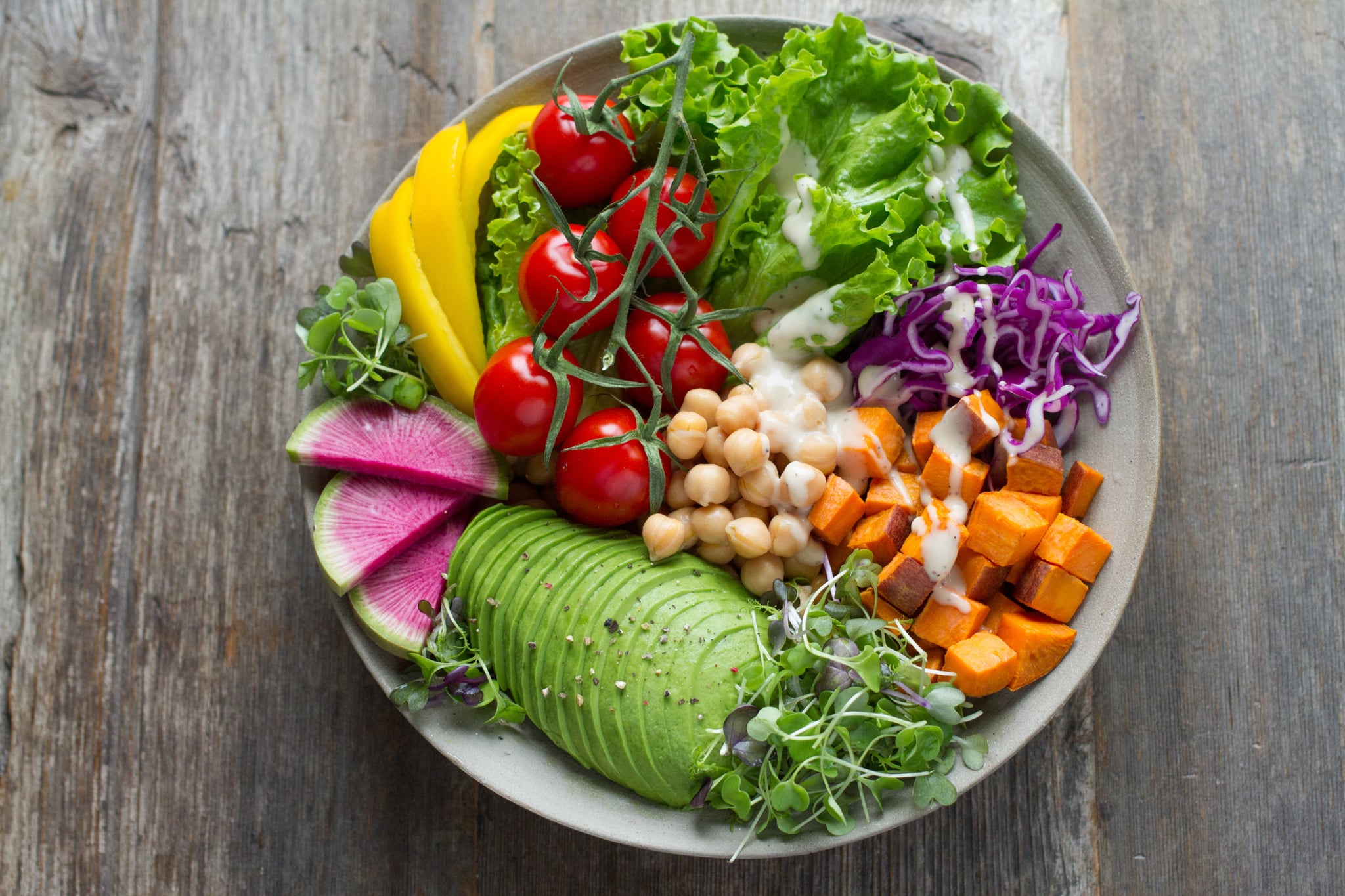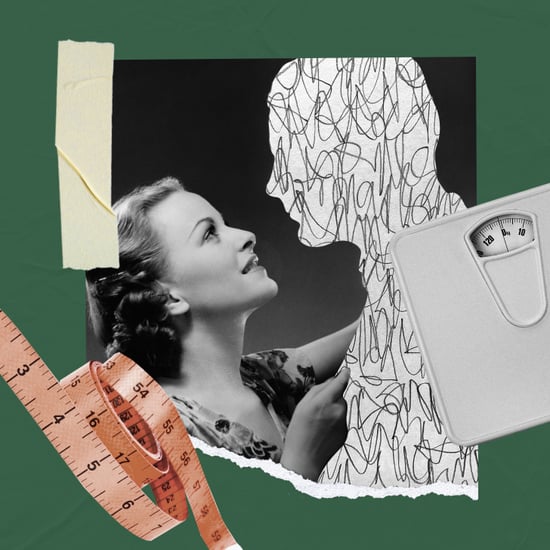How to Eat Low-Carb as a Vegetarian
If You're a Vegetarian and Curious About Going Low-Carb, You Need to Read This

Going low-carb means cutting back on staples like grains, starchy vegetables, and fruit, and replacing them with other veggies, proteins, and healthy fats. At first glance, that may make following a low-carb diet seem unrealistic for vegetarians — but it's totally possible as long as you're mindful of getting in all the nutrients you need while keeping your carb intake under control. POPSUGAR consulted Amanda Nighbert, RD, and Carolyn Williams, PhD, RD, to learn how vegetarians can safely and successfully lose weight on a low-carb plan.
1. Know Your Plant-Based Proteins
Many people up their intake of poultry, salmon, and eggs when they go low-carb, but that's not an option if you just say "no" to animal proteins. "One of the most challenging parts of doing a low-carb diet as a vegetarian will be getting enough protein," Nighbert told POPSUGAR. "What a lot of people don't realise is that protein is found in every food group except fruit. For example, one cup of cooked spinach contains roughly five grams of protein, and a cup of portobello mushrooms has four grams of protein." And that's without the more classic sources of plant-based protein, including nuts, nut butters, seeds, tofu, and tempeh, which are among Dr. Williams's favourites.
2. Watch Those Carbs
Foods like broccoli, oats, and quinoa do pack protein, but they also have a higher carb content than leafy green vegetables or nuts. "It can be challenging to keep your carbs low while consuming so many extra vegetables. The carbs can add up quickly," Nighbert said. She encourages her clients to plan out their meals in advance, and track the macronutrients as they build out their menu for the next day. "This will allow you to calculate the macronutrient totals for different foods and keep the carb total in line with your goals."
Remember, too, that not all carbs are created equal. "There are lots of plant-based foods that have carbs, but because they're high in fibre, they can be included in a low-carb diet," Dr. Williams told POPSUGAR. For example, 1/2 cup of canned black beans contains 20 grams of carbs and eight grams of fibre, which is equal to just 12 net carbs, a number you can calculate by subtracting the grams of fibre from the total carb count. "Since fibre doesn't trigger an insulin response, focus on foods with a low net carb total," she said.
3) Get Your Fill of Healthy Fats
Salads are great and all, but if you don't throw a healthy dose of fats in there somewhere, you're going to start feeling those hunger pangs pretty quickly. Most animal proteins do provide some dietary fat, but in their absence, you've got to know your plant-based fats. On your next grocery trip, fill your cart with avocados, nuts, and olive oil, which Nighbert says will "help fill you up and keep you full between meals."
However, Dr. Williams warned that "it can be easy to go overboard on foods high in saturated fat (like cheese and full-fat dairy), especially if you aren't incorporating enough high-fibre protein foods, like beans." If you're just getting started, your best bet is to fill your plate with a colourful variety of vegetarian-friendly foods, so you're getting all the good stuff your body needs.





